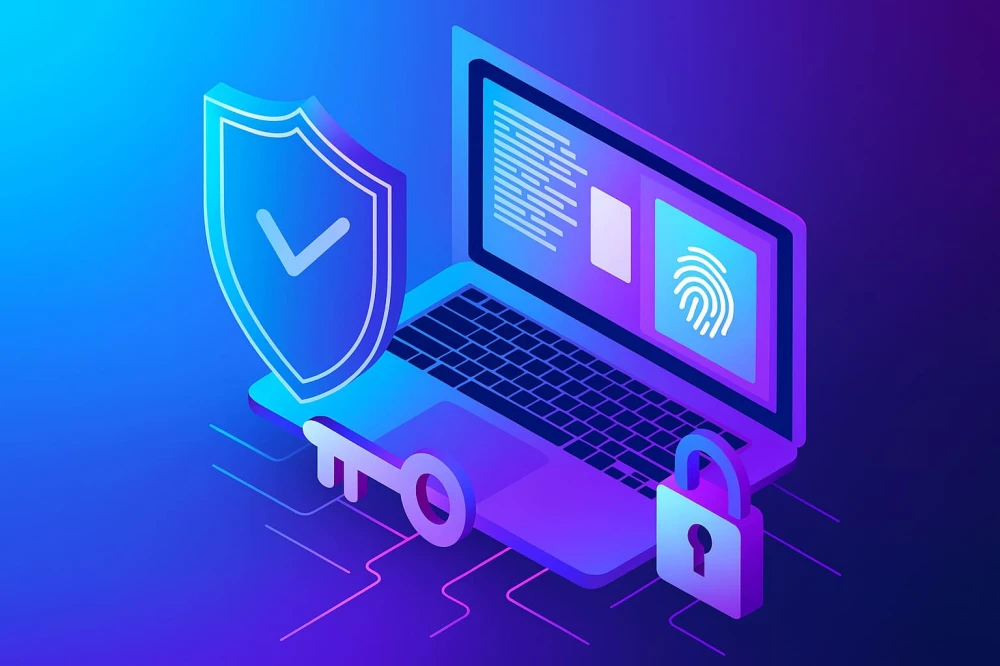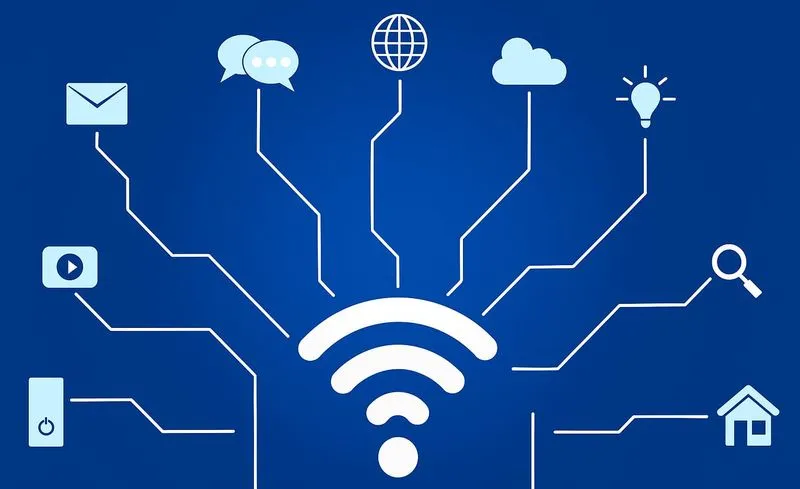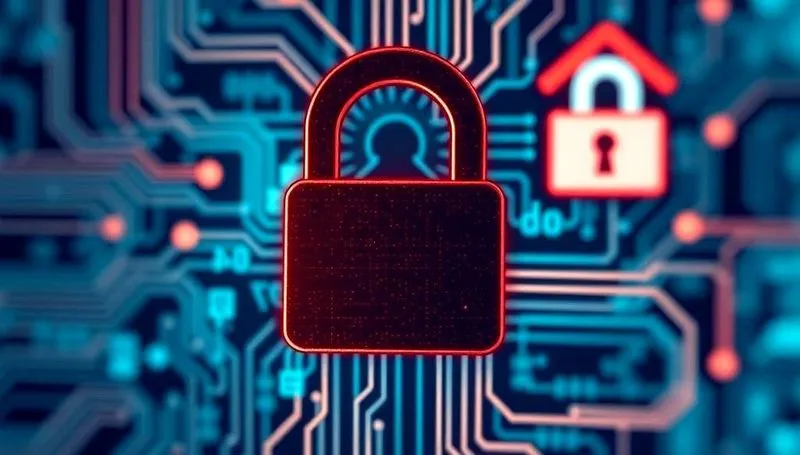What to do if your personal data is leaked online: A step-by-step guide
14.09.2025

Discovering that your personal information has been leaked into the digital realm is an extremely unsettling situation. Suddenly, your private details, which should have remained confidential, become available to the public or, worse yet, to malicious actors. This can trigger panic and a feeling of losing control. However, the key to resolving the issue lies in calm and methodical action. This guide provides a clear, detailed algorithm to help you effectively respond to the threat, protect your digital assets, and regain control over your privacy.
In an era of widespread digitalization, virtually everyone is at some risk of encountering a data breach. The causes can vary: from large-scale corporate database hacks to the simple loss of a phone or carelessness on social media. It's important to understand that your primary task is not to assign blame but to act quickly and thoughtfully. The following instructions are broken down into logical stages so you can systematically address the problem and minimize potential damage.
Step 1: Stay calm and assess the breach
The first and most crucial reaction is to compose yourself and avoid panic. Emotional decisions often lead to mistakes. Instead, you need to switch to analysis mode. Thoroughly assess the scope and type of information that has become available to third parties. Your subsequent actions will depend on this. Is this public data (e.g., first and last name) or is it critically sensitive confidential information: passport details, financial credentials, medical history?
Before taking any active steps, it is critically important to understand exactly what you're dealing with. Auditing the incident is the foundation of your entire future protection strategy. Carefully analyze how you discovered the leak: perhaps you received a notification from a service, saw your data on a suspicious website, or were informed by friends. Try to identify the source of the leak and compile the most complete list of compromised information. This will help you avoid wasting energy fighting non-existent threats and allow you to focus on the real problems.
Identify exactly what data was exposed:
- Contact Information: phone number, email address, home address.
- Personal Data: full name, date of birth, place of birth.
- Financial Information: bank card number, bank account details, transaction history.
- Documents: scans or data from passports, driver's licenses, national ID numbers, social security numbers (or equivalent like SIN in Canada, NI number in the UK, TFN in Australia).
- Login Credentials: usernames and passwords for various services and email accounts.
- Confidential Data: private correspondence, personal photographs, medical records.
Step 2: Immediately change compromised passwords
If the leaked data includes passwords for any services, your number one task is to change them immediately. Start with the most important one—the password for your primary email account. Email is often the key to all other accounts, as it is used for password recovery. Then, work through the list changing passwords for all social networks, messengers, banking and payment apps, and any other platforms where you used the same or a similar password.
Access to your accounts is a prime target for cybercriminals. Obtaining a username and password allows a malicious actor not only to access your data but also to take actions in your name, causing financial or reputational damage. Therefore, changing passwords is not a recommendation but a mandatory action. Take creating new passwords extremely seriously: they should be long (at least 12 characters), complex (combining upper and lowercase letters, numbers, and special symbols), and unique for each service.
- Use a Password Manager. Applications like Bitwarden or KeePass help generate and securely store complex, unique passwords for every site. You only need to remember one master password.
- Activate Two-Factor Authentication (2FA). This is a second barrier for attackers. Even if the password is leaked, without the code from an authenticator app or SMS, logging into the account will be impossible. Be sure to enable 2FA for email, social networks, and banking apps.
- Never Use the Same Password for Multiple Services. This rule is broken most often, but its importance cannot be overstated. A leak on one insignificant forum can lead to the compromise of your entire digital life.
Step 3: Prevent financial threats and fraud
If the data from your bank cards or payment accounts has become publicly available, you need to act instantly. This type of information poses the greatest danger in terms of direct financial loss. Fraudsters may attempt to make unauthorized transactions, take out loans in your name, or simply drain your accounts.
Financial security is the aspect where delay literally "costs money." Even if you don't see any suspicious activity on your cards yet, it doesn't mean fraudsters haven't already taken an interest. Proactive steps will help you block any attempts to steal your funds. Contact your bank immediately upon suspecting something is wrong. Staff at financial institutions are very familiar with these situations and have established protocols for action.
- Immediately Block Your Cards. This can be done 24/7 through your bank's mobile app, online banking, or by calling the hotline number on the back of your card.
- Request Card Reissuance. After blocking, request new cards with new numbers and CVV codes. This will fully secure your funds.
- Implement Enhanced Account Monitoring. Enable SMS alerts for all transactions, set daily spending limits, and limits for online payments.
- Monitor Your Statements Closely. Regularly check your transaction history for any suspicious activity, even very small charges. Sometimes fraudsters test cards with micro-payments first.
- Contact Credit Reporting Agencies. If you suspect your passport or national ID details have been leaked, it is advisable to place a fraud alert or ban with major credit bureaus (e.g., Equifax, Experian, TransUnion - varies by country). This makes it much harder for someone to take out credit in your name.

Step 4: Report the violation and request data removal
Not all data that finds its way online can be removed by yourself. If your personal information is posted on a third-party website, forum, or social network, you have the full right to demand its removal based on data protection legislation (like the GDPR in the UK/Europe, CCPA in California, PIPEDA in Canada, Privacy Act in Australia).
Many mistakenly believe that if information is already published, fighting it is useless. This is not true. The law is on your side. Administrators of online resources are obligated to respond to user requests regarding privacy violations. Your task is to correctly formulate a request and send it to the owner of the platform hosting your data. This process may require some patience, but it is often effective.
- Find Contact Information. Usually, websites have a "Contact," "Feedback," or "Legal Information" section. You need an email address or a contact form for the administration.
- Draft a Formal Request. In your communication, clearly state which specific information constitutes your personal data, provide the URL where it is posted, and demand its removal, citing the relevant data protection law.
- Contact the Hosting Provider. If the site administration doesn't respond, you can find out who hosts the website (using services like WhoIs) and send a complaint to the hosting provider.
- File a Complaint with the Data Protection Authority. This is the authorized body for protecting the rights of data subjects (e.g., ICO in the UK, OAIC in Australia, OPC in Canada, FTC for US-related issues). You can file a complaint through their website, and they can, within their powers, order the resource to remove your data.
Step 5: Enhance your overall digital security
A data leak is a stark reminder that security in the digital world requires constant attention. After dealing with the immediate threats, it's time to review your habits and make your online life more secure to minimize future risks.
Prevention is always better than cure. Analyzing the incident that occurred is an invaluable experience that allows you to identify weak spots in your digital defenses. Use this opportunity not just to patch holes, but to build a comprehensive and reliable protection system. This includes both using technical tools and developing critical thinking and caution when interacting with online services.
- Keep Your Software Updated. Enable automatic updates for your operating system, browser, and all key applications. This closes vulnerabilities exploited by malicious actors.
- Be Cautious on Social Media. Don't overshare: avoid posting your precise real-time location, scans of tickets or documents, or data about your children. Restrict the audience who can see your posts.
- Learn to Recognize Phishing. Never click on suspicious links in emails or messages, even if they appear to be from contacts. Always check the sender's address and the domain of the website where you're asked to log in.
- Use a VPN on Untrusted Networks. When connecting to public Wi-Fi networks in cafes, airports, or hotels, use a Virtual Private Network (VPN) to encrypt your traffic.
- Check if Your Data Has Been Part of Known Breaches. Use specialized services (like Have I Been Pwned) where you can check if your email address has appeared in public databases of hacked accounts.

Step 6: Monitor the situation and maintain peace of mind
Even after completing all steps of the plan, it's important to remain vigilant. The consequences of a personal data leak can manifest with a delay. Furthermore, it's crucial not to let this situation cause chronic stress and distrust of digital technology.
The final, yet equally important, step is transitioning to a mode of "enhanced monitoring" and taking care of your psychological comfort. Constant anxiety that your data might be used against you again is itself a negative consequence of the incident. By completing all the previous steps, you have done everything in your power to secure yourself. Now it's important to develop a habit of periodically checking your digital footprint and learn not to obsess over what happened.
- Set Up Google Alerts. Use Google's alert feature to receive notifications if new search results appear containing your name.
- Conduct Periodic Self-Checks. Every few months, search for your key details (name, phone number, email) in search engines to track if anything new appears.
- Don't Blame Yourself. Remember, absolutely anyone can become a victim of a data leak. It often happens not due to user error, but because of hacks targeting large corporations. You were not responsible for the hack, but you are now taking responsibility for handling the problem competently.
- Seek Support. If the situation has caused significant anxiety, don't hesitate to discuss it with loved ones or seek help from a professional. Psychological well-being is an integral part of overall security.
Conclusion
Finding your personal details freely available online is a serious stress test. However, as this step-by-step guide demonstrates, you have all the necessary tools and algorithms to mount a strong defense against this invasion of your privacy. The key success factors are speed, a level head, and consistency. From auditing the leak to strengthening long-term protection—each action brings you closer to regaining control. Remember, in the modern world, caring for your digital hygiene and personal data is as essential a routine as caring for your physical health. Stay vigilant, mindful, and calm.